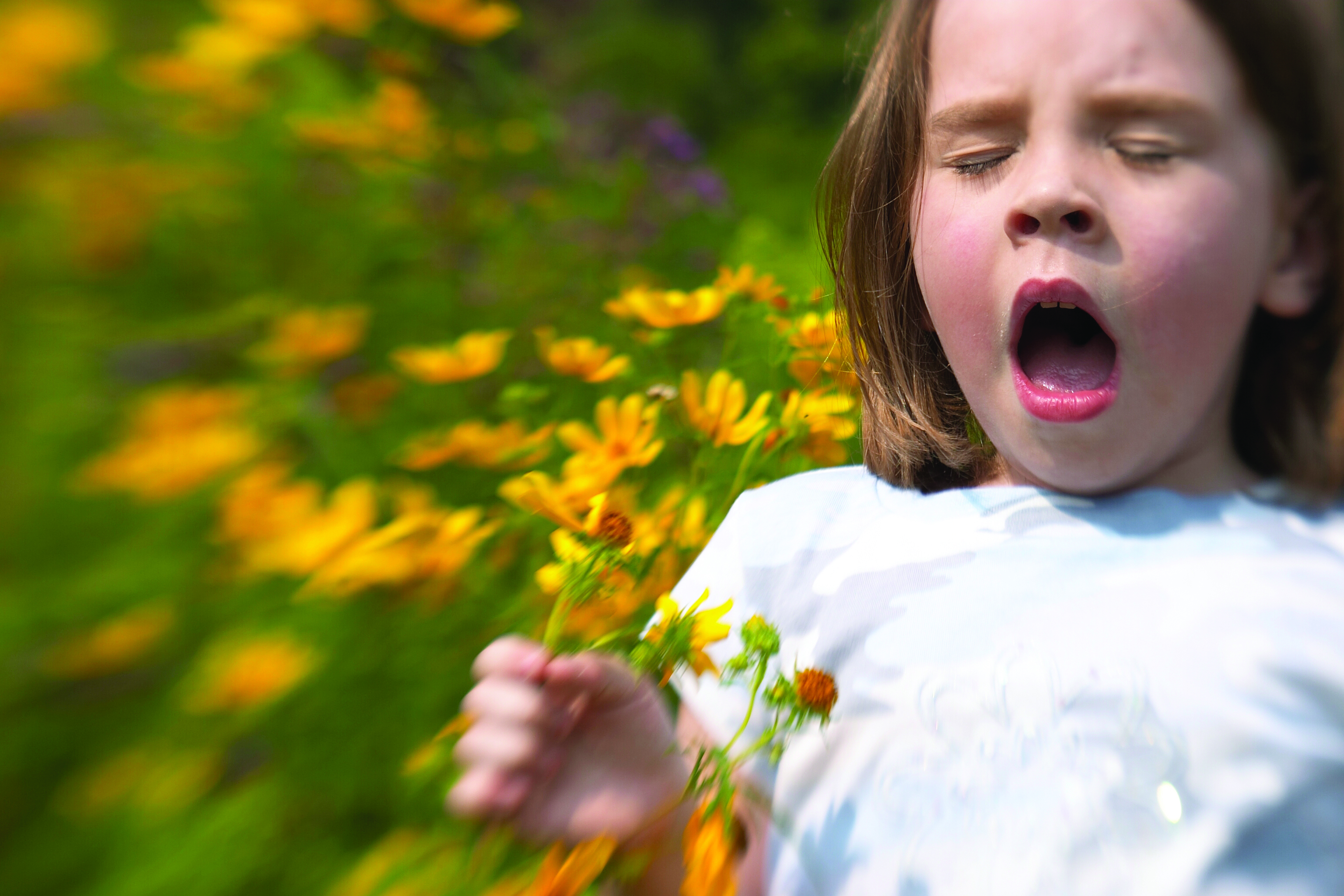With the festival season in full swing, Priory addiction expert Dr Niall Campbell says parents need to know about the drugs their children might be exposed to – and the potentially lasting effects

Addiction expert urges parents to learn about drugs and the routes to addiction
- ‘It’s no good parents saying ‘it wasn’t like that in my day’, says Dr Campbell
- He says the effect on the developing brain, among those under 25, can be devastating
- Marijuana is ‘everywhere’ and is being constantly developed to be stronger
- “I see an increasing number of patients, often only 18, who are not only addicted to street drugs but have developed significant depressive and anxiety disorders.”
- Distressing panic attacks from stimulants and hallucinogens – synthetic or mushroom-based – are on the increase, he says
- Priory has produced an infographic on the effects of different drugs on the body
Parents need to ‘wise up’ about drugs to help protect their adult children – and to enable them to seek urgent help when things go wrong, says a leading UK addiction expert.
Dr Niall Campbell, consultant psychiatrist at the in south-west London, says parents who can spot the signs of drug addiction early on – and who understand how their child might access drugs – play a pivotal role, and can step in early to help.
“Parents I meet often say they don’t know anything about drugs, but every parent needs to know what’s going on in their child’s world. Talk to your child, or at least try. Talk to other parents. The facts about drugs, and their effects, are all over reputable sites on the internet. It’s no good saying ‘I don’t know about that, it wasn’t like that back in my day’.”
He describes a common route into drug addiction and urges parents to learn more about the effect of drugs on a younger person.
“The earlier a young adult is treated for drug addiction, the better, because the effects on a developing brain can be devastating – including permanent psychosis. And activities such as drug-taking and driving are an especially lethal combination.
“Drugs have a more drastic effect on children and teens than on adults because the brain continues to develop until about age 25. The parts of the brain in charge of co-ordination, emotion and motivation develop much more quickly than the parts that control reasoning and impulse.”
A common pathway into illegal drug use
Dr Campbell said: “Some children start at 12, 13 or 14 having alcohol, then smoking cigarettes and weed, and then they start going out with friends and go to clubs and start doing MD (ecstasy). By 17 or 18, in clubs, they start to do cocaine and/or ketamine and usually all together – drink at home, weed, maybe coke and then they get ketamine off a dealer and then have a ‘come down’ and take Benzos (Benzodiazepines are a type of medication commonly known as tranquilizers like Valium and Xanax). This is usually by 18 or 19 – alcohol, marijuana, cocaine, ketamine, and then Benzos. That’s five drugs. Particularly for developing brains, you don’t know what that’s doing to the brain.”
Addictive personalities
“All sorts of personalities take drugs,” Dr Campbell said. “Not everyone gets addicted, and they say people who are very anxious take downers and those who want excitement may take stimulants. I am not sure that’s the case.
“There’s a certain kind of personality who can’t get enough, however. I speak to people in their 30s and 40s and they look back and say ‘yes I remember at school I was drinking secretly, and at university I was definitely drinking more, and more secretly, and using more drugs than friends were’ and then that carries on in their adult life.
“How do you put young people off? Does a policeman come round and do a drugs lecture? I am not sure what effect that has. Do you have a strict school ‘no drugs’ policy? Yes absolutely. There is also an educational role for schools but you need the right sort of counsellor talking about the consequences – what happens to your brain physiologically and all the adverse consequences of using drugs; how it affects your physical health, mental health, your academic health, your financial health, your achievements – we look at all these things at the Priory, and it’s important to understand these consequences.
“Drugs are not expensive; cocaine is a bit expensive but marijuana – it’s everywhere.”
The lowdown on drugs
The most commonly tried illegal drug by far is cannabis. This is followed by cocaine and ecstasy. Statistics from the Home Office Crime Survey for England and Wales 2017/18 suggest that:
- Around 1 in 11 (9.0%) adults aged 16 to 59 had taken a drug in the last year of the survey. This equated to around 3 million people, and was similar to 2016/17 (8.5%). However, around 1 in 5 (19.8%) of adults aged 16-24 had taken a drug (1.2m)
- Among young adults aged 16-24, 8.4% had taken a Class A drug in the last year the survey covers – up from 6.8% in 2007/8 – equating to around 511,000 young people
- Class A drug use among 16-24 year olds has been increasing since 2011/12 – mainly driven by an increase in powder cocaine and ecstasy use
- As in previous years, cannabis was the most commonly used drug in the 2017/18, with 7.2 per cent of adults aged 16 to 59 having used it in the last year (around 2.4 million people). Among younger adults aged 16 to 24, cannabis was the most commonly used drug in 2017/18 with 16.7 per cent having used it (around one million young adults). As in recent years, the second most commonly used drug among adults aged 16 to 59 was powder cocaine (2.6% in the 2017/18 survey, equating to around 875,000 people). Powder cocaine was also the second most commonly used drug among young adults aged 16 to 24 (6.0% or around 361,000 young adults) after cannabis.
- Generally, the proportion of 16 to 59 year olds using ecstasy has been relatively flat throughout the lifetime of the survey, fluctuating between one and two per cent. But among 16 to 24-year-olds, there was an increase among this age group between 2011/12 (3.3%) and 2017 (5.1%).
- LSD use increased among adults aged 16 to 59. Use increased from 0.3 to 0.4 per cent, equating to around 47,000 more people using the drug than in the previous year.
- Use of magic mushrooms increased among adults aged 16 to 59. Use increased from 0.3 to 0.4 per cent, equating to around 57,000 more people using the drug in the latter year
- Ketamine use increased among adults aged 16 to 59. Ketamine use doubled from 0.4 per cent to 0.8 per cent, equating to 141,000 more people using the drug than in the previous year. This was driven by an increase in ketamine use among 16 to 24 year olds from 1.2 per cent to 3.1 per cent. This is the highest estimate of ketamine use since measurement of this drug began in the 2006/07 survey.
- Use of tranquillisers (not prescribed by a doctor or other healthcare professional) increased among adults aged 16 to 59. Tranquilliser use among this age group increased from 0.4 per cent to 0.6 per cent.
How to find out if your child is using drugs
Dr Campbell says the common signs are fatigue, loss of appetite, depression or trouble concentrating.
“Has your teenager lost interest in studying, sleeping, self-care? Are they sullen, withdrawn, and unusually tired and slack-eyed for the hour of night? Look out for what you think is not normal behaviour. Are they eating less, losing all interest in a sport they loved? Keep an eye out for deceit or secretiveness. Are their weekend plans starting to sound odd? Are they always being vague about where they’re going?”
Dr Campbell said he had seen a long line of people mentally scarred by drug use. Sometimes the effects can be temporary, but no less scary. One teenager that Dr Campbell saw had become so freaked out by a recurring image of Edvard Munch’s The Scream (after nibbling on magic mushroom root) that every time he closed his eyes he suffered post-traumatic stress disorder. The boy nearly had to defer his university degree as a result, but the visions eventually stopped. Hauntingly for others, these effects can be, as Dr Campbell says, “switched on” for good.
Drug users, even if they might have a bad trip or suffer from short-term psychiatric effects, do not always suffer chronic mental illness from taking drugs. However, addiction – a diagnosed form of mental illness – can often be the precursor to further psychiatric problems.
“I see an increasing number of patients, often only 18, who are not only addicted to street drugs but have developed significant depressive and anxiety disorders. Distressing panic attacks from stimulants and hallucinogens – synthetic or mushroom-based – are on the increase,” Dr Campbell said.
NHS Digital data has shown that in England between 2017-18 there were 14,470 admissions where patients were experiencing mental and behavioural disorders due to use of cocaine. The number was up year-on-year, substantially higher than the 5,148 between 2007-08. The figures did not distinguish between powdered cocaine and crack cocaine
Referring to cocaine-induced, severe paranoid states requiring hospital admission, Dr Campbell said: “Unfortunately this paranoia may not be controlled by antipsychotic medication.
“And marijuana is continually being redeveloped to be stronger, and hence more dangerous. So the problem is worsening. Street drug users will almost always know someone in their peer group who has developed a significant mental health problem.”
Dr Campbell said the first step for parents was to try and spot the signs of addiction in a teenager and then to access help. Parents can offer assistance and support only to the degree that they are financially able and that will move their child towards a better life. “Don’t give money that you know will take them further down the road of bad behaviour, but emphasise you are there to help wherever you can.”



